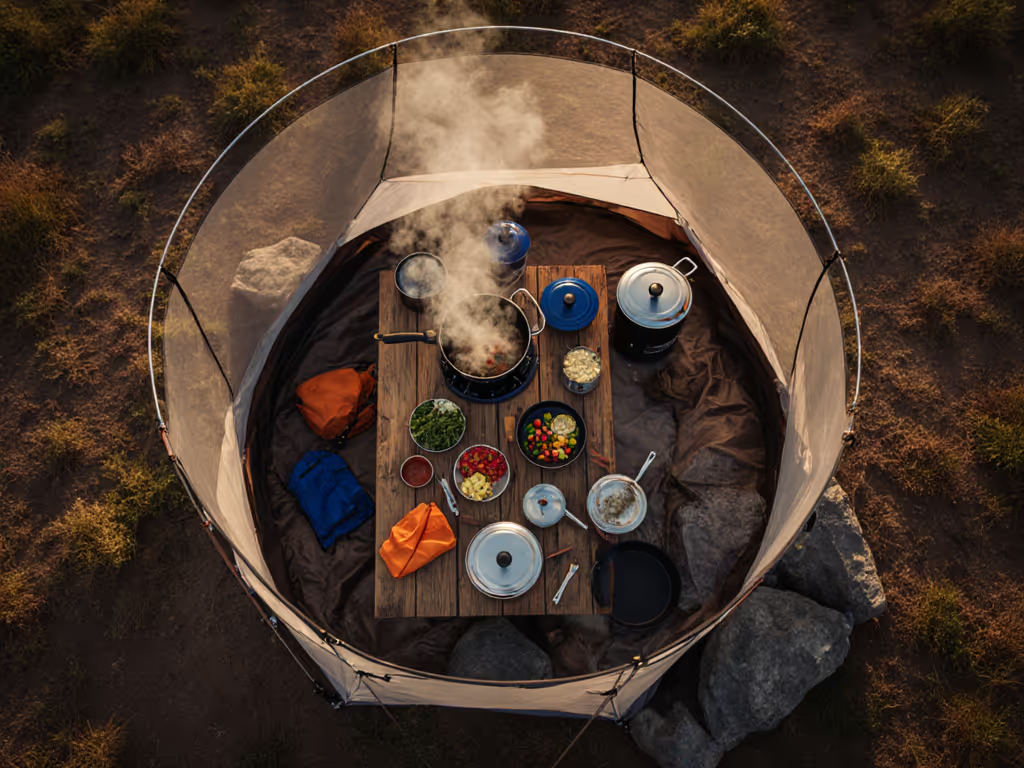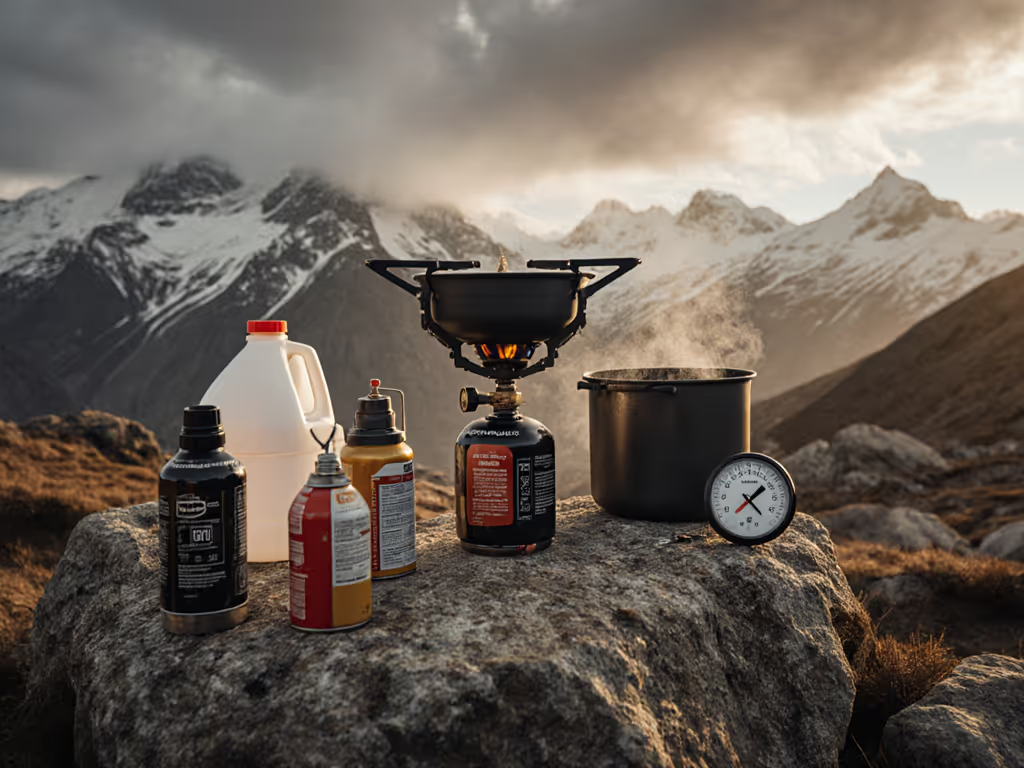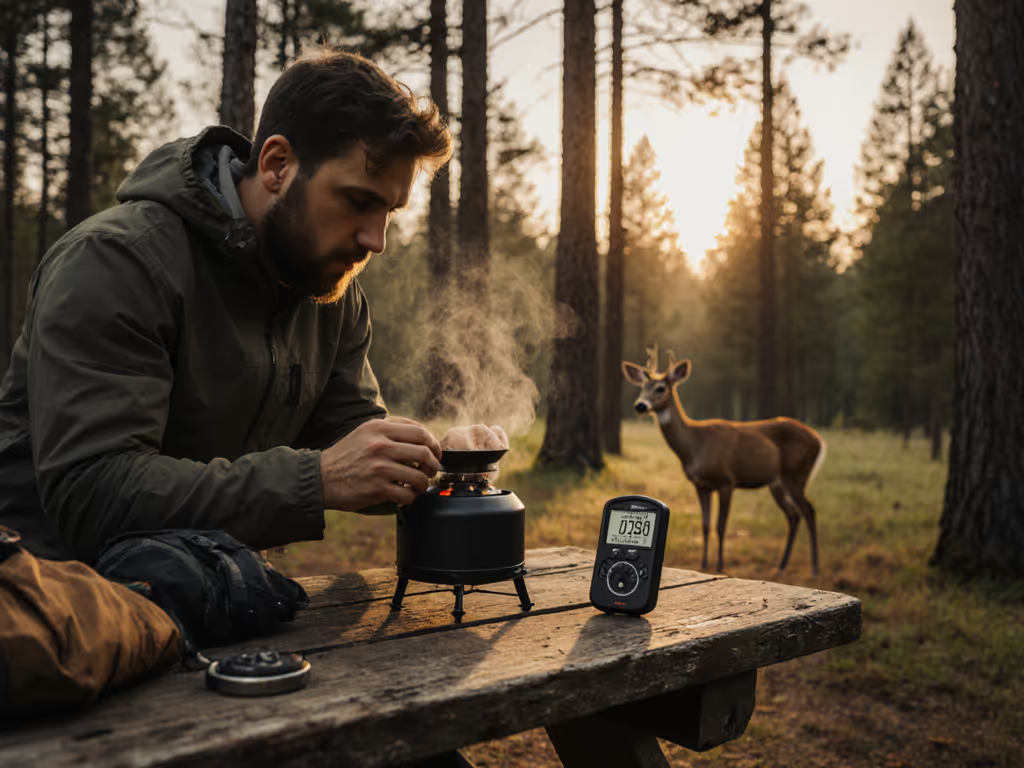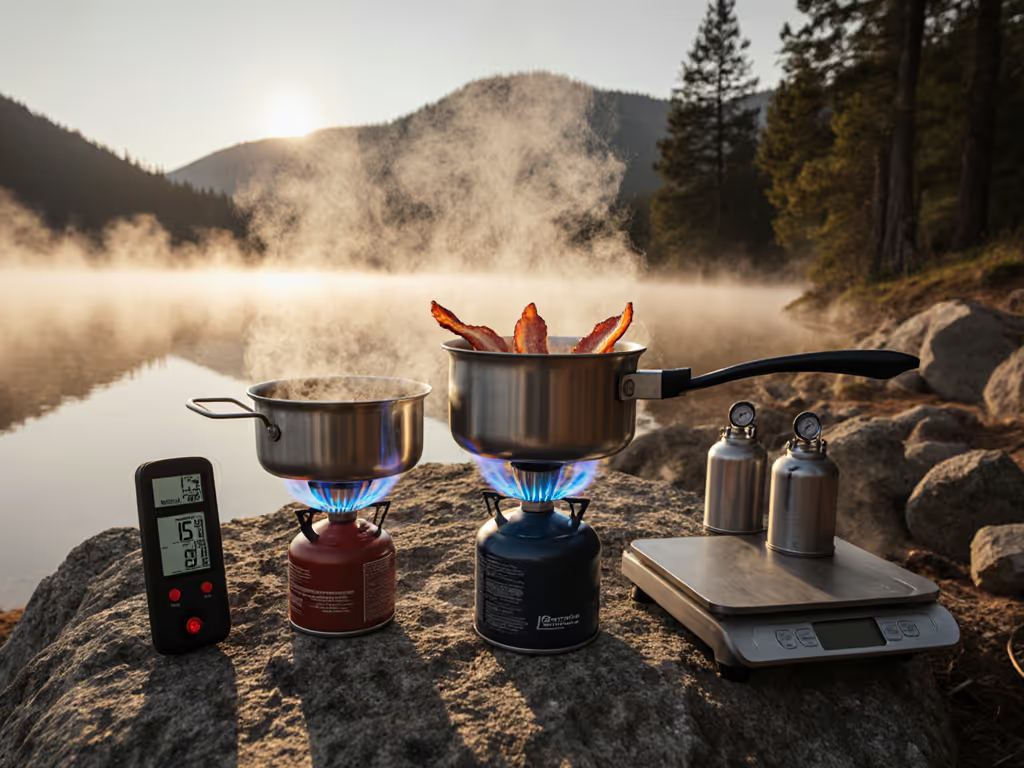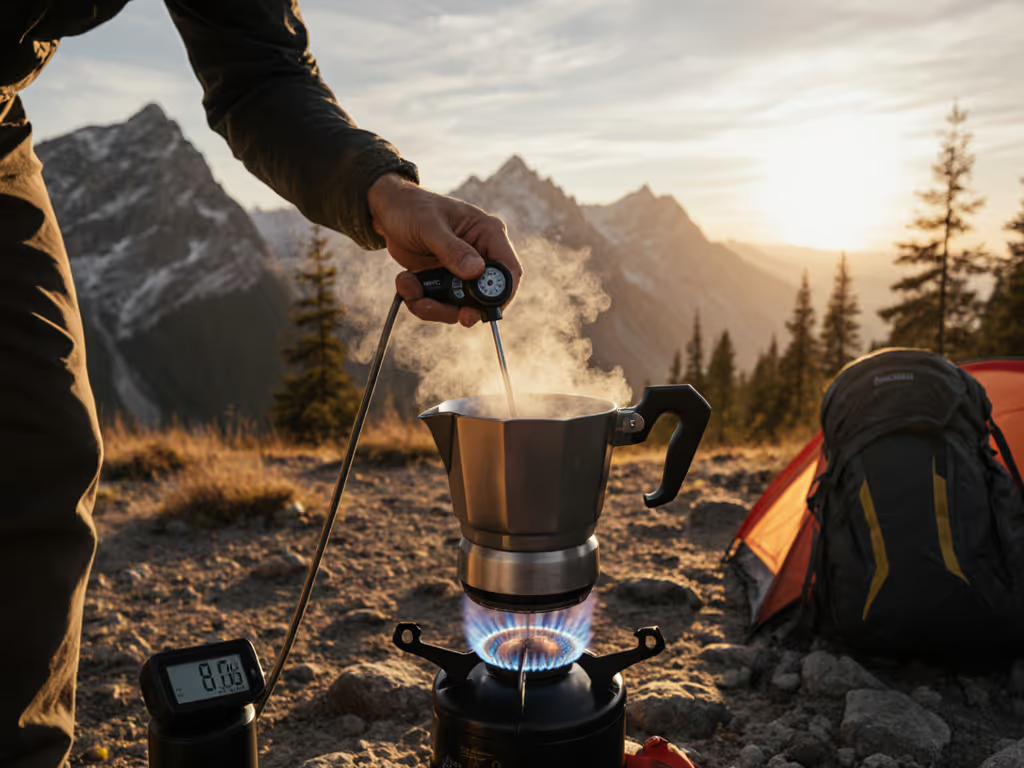
Canister vs Liquid Fuel: Your Best Camp Stove Match
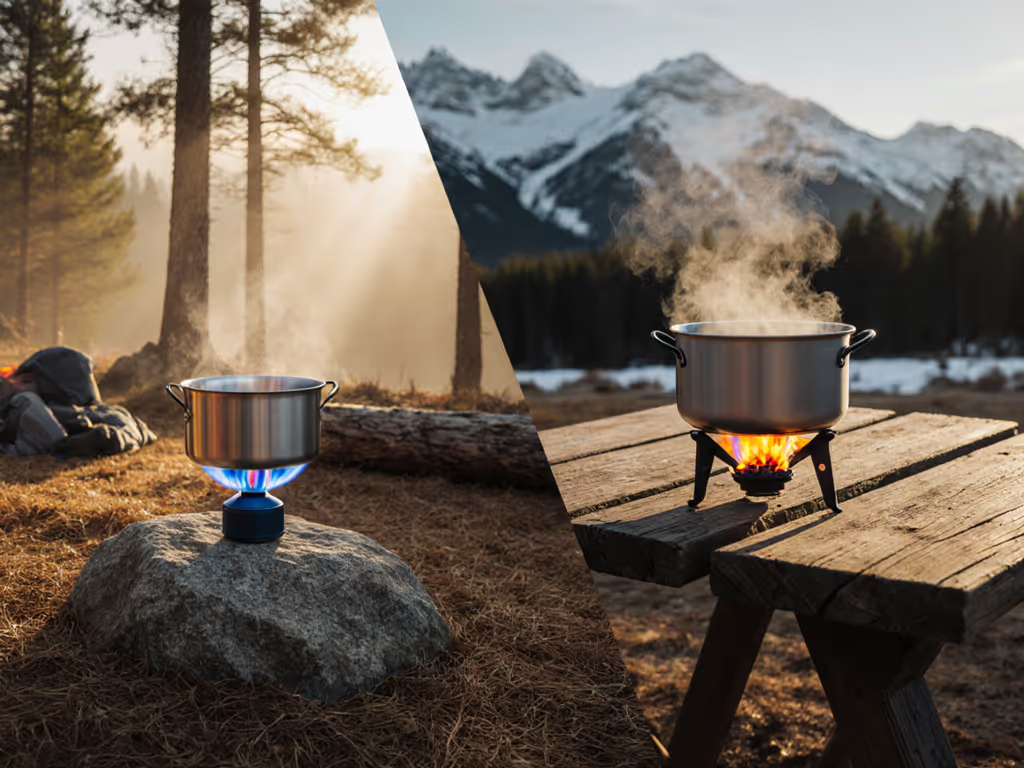
When planning your next car camping trip, choosing the best canister stove or camp stove best suited for your crew's needs impacts everything from pancake flip success to dinner-time morale. As someone who crafts menus for lactose-free friends and impatient kids, I've learned that stove choice isn't just about boiling speed (it's about whether the curry simmers gently when wind gusts hit 25 mph). After years of tuning kitchen systems for mixed-diet groups, I'll break down which stove type delivers real performance where it counts: wind management, stable simmering, and inclusive meal timing. Let's cut through the marketing with field-tested comparisons.
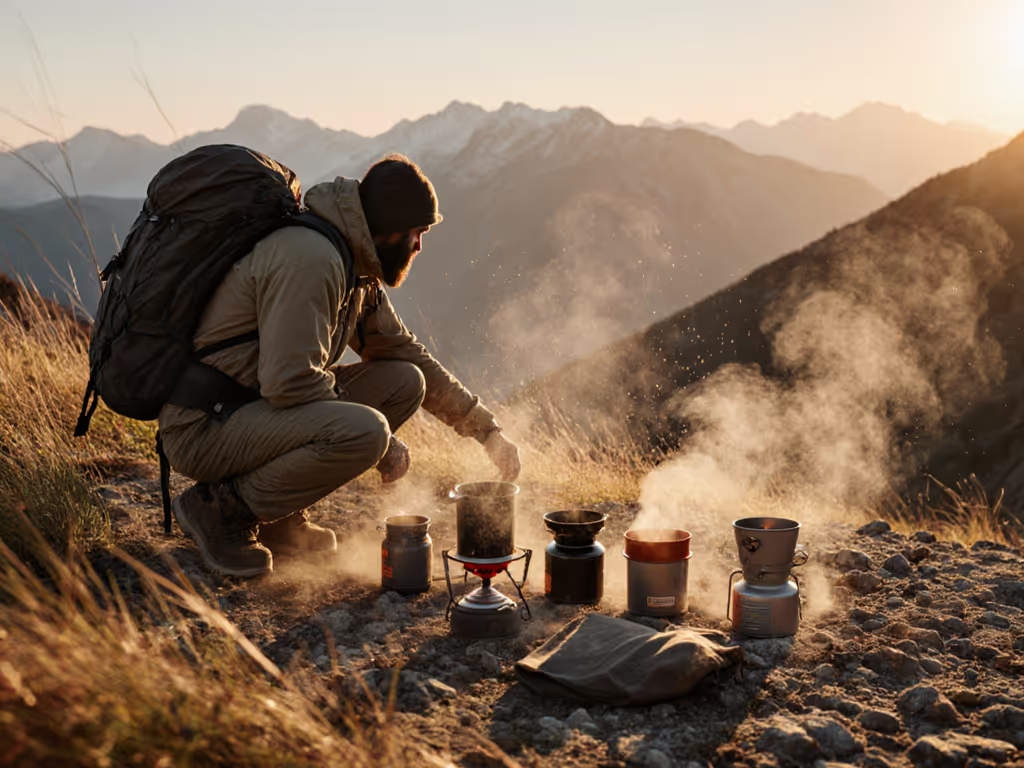
1. Weight & Packability: Short Trips vs. Epic Expeditions
Canister stoves win for weekenders. Their featherweight design (like the 2.6 oz MSR PocketRocket 2) means less dead weight in your pack when you're car camping or on 3-day trips. But here's where reality bites: carrying multiple canisters for longer trips adds bulk fast. Liquid fuel's major advantage? That single 20 oz fuel bottle replaces 3-4 empty canisters. A 2023 Backcountry Science Fair study confirmed that stove efficiency comparison favors liquid fuel once you hit ~6 days of cooking, the exact point where cumulative canister weight surpasses liquid fuel's heavier stove but denser fuel.
Logistics tip: For family car trips under 5 days, lightweight canister stoves simplify packing. For alpine traverses over 10 days, liquid fuel's fuel density (1.4x more energy per ounce than canister gas) makes it the best fuel type for camping when ounces count.
2. Cold Weather & Altitude Performance
Here's where many guides oversimplify. Unregulated canister stoves sputter below 40°F as pressure drops, which is dangerous when melting snow for hot cocoa. But regulated canister stoves (like the MSR PocketRocket 2 with auto-pressure tech) hold steady output down to 14°F by maintaining canister pressure. Still, liquid fuel stoves like the MSR WhisperLite International have liquid fuel stove advantages for true winter camping: pump-pressurized systems work reliably in -20°F and at high altitudes where canisters struggle. Key insight? Regulated canisters handle most shoulder-season trips, but liquid fuel dominates for ski touring or Denali basecamps.
Stability is kindness, especially when your teen's hot chocolate needs consistent heat while fingers get frost-nipped.
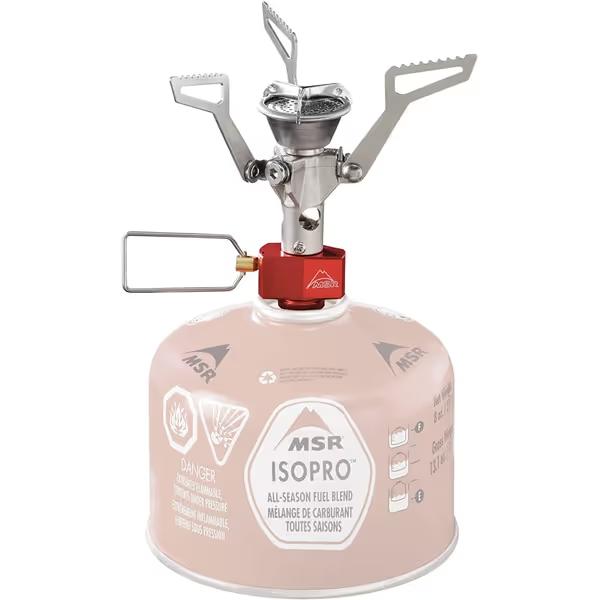
MSR PocketRocket 2 Stove
3. Simmer Control & Cooking Real Meals (Where Families Win)
This is my hill to die on: a stove that only boils fails families. You need precise flame modulation to saute veggies without burning, keep dairy-free curry at a bare simmer, or melt chocolate for s'mores. Canister stoves generally offer smoother simmer control (think MSR PocketRocket's fine-tuned valve), while liquid fuel stoves like the WhisperLite require practice to dial in low flames. But (and it's a big but) liquid fuel's wider supports (like the WhisperLite's 5-inch legs) handle 10-inch skillets better for crowd-sized frittatas. For inclusive menus, prioritize:
- Wind management integration: Never cook exposed; use a removable windscreen (canisters need strategic gaps to prevent overheating)
- Pot stability: Never compromise on base width near kids
- Timeline adherence: Simmer time = 15% of total meal prep. If your stove can't maintain 180°F, you'll burn dinner waiting for water to re-boil
Family-proof kitchen note: On a recent blustery coastal trip, I ran a wide-canister stove under a titanium windscreen. Two kids got golden pancakes while the curry pot barely whispered. Everyone ate together, calmly. That's why my core rule remains: stability is kindness.
4. Fuel Logistics & Environmental Impact
Let's talk canister waste: butane stove fuel canisters can't be refilled (unlike liquid fuel bottles), creating landfill guilt. But modern recycling programs (like REI's Can Rescue) are expanding. Cost-wise, liquid fuel runs $0.50/oz vs. $0.80/oz for canisters, meaning you'll save $20 on a 2-week trek. Yet convenience matters: scrambling for white gas in remote Nepal? Canisters (sold globally) trump liquid fuel. For a deeper comparison of fuel types, see our propane vs butane vs white gas analysis. Pro tip: For car campers, 16.9 oz refillable propane canisters cut waste by 75% vs. disposable 8 oz butane stove canisters.
Plain-language safety reminder: Always vent your cooking area: CO buildup near tents risks unconsciousness. And never use integrated windbreaks touching canister stoves; trapped heat risks explosion.
5. Maintenance & Field Repair Realities
Liquid fuel stoves look fussy until you clog a canister stove's valve. That clog? Often fatal mid-trip. Liquid fuel's liquid fuel stove advantages shine here: the WhisperLite's "shaker jet" clears clogs in 20 seconds with no tools. But canister stoves win for simplicity: no priming, no fuel spills, no pump O-rings to fail. For beginner-friendly reliability with kids, choose canister. For expedition-length trips where parts fail, choose liquid. Bottom line: serviceability beats theoretical efficiency every time you're miles from trailhead.
Your Action Plan: Match Stove to Mission
Stop searching for the "best" stove. Find the right stove for your trip:
- Choose canister if: You car camp <5 days, demand instant starts, need precise simmering for mixed diets, or travel internationally. Top pick: MSR PocketRocket 2 for its wind-resilient simmer and tiny pack size.
- Choose liquid fuel if: You ski tour, do multi-week trips, cook for groups >4, or venture below freezing regularly. Top pick: MSR WhisperLite International for field serviceability and multi-fuel flexibility.
- Hybrid option: Primus OmniLite Ti bridges both worlds but adds weight (viable only if you cross fuel-scarce regions).
Final timeline check: For a 4-day family trip in 50°F winds:
- Morning: Boil 2L water (canister stove: 7 mins with windscreen)
- Midday: Simmer chili 20 mins (test stove's low-flame control!)
- Evening: Melt snow for cocoa (if under 40°F, skip unregulated canisters)
Before your next outing, place your stove on uneven ground and light it. Does the pot wobble? If yes, reconsider. Stability is kindness, and it's the difference between hot soup and a cold, hungry crew. Grab your windscreen, check your fuel type against the forecast, and cook with confidence. Your turn: What's your biggest stove struggle? Share below for tailored solutions.
